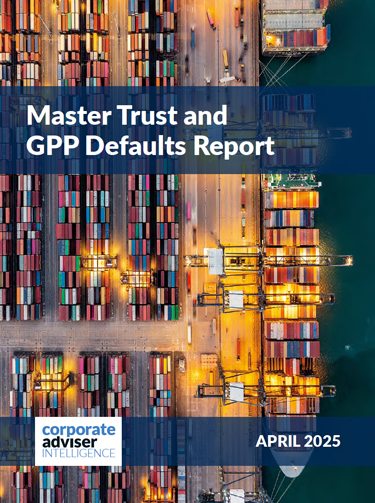Employers with 500 to 50,000 staff should be re-enrolling employees into their workplace pension schemes in 2025, as part of their mandatory three-year requirement, says Hymans Robertson.
The re-enrolment is a legal requirement that takes place every three years, and this year, it will mainly affect mid to large employers who first enrolled employees back in 2013.
According to Hymans, although the process, which involves detailed data checks and processing and can be time-consuming for admin teams, it’s crucial that employers take it seriously to help their staff save for retirement. Hymans says it is essential that this is done correctly to avoid errors or potential fines for not complying.
Hymans Robertson head of DC corporate consulting Hannah English says: “It’s vitally important that companies start preparing as soon as possible to meet their legal obligations for auto re-enrolment. Since it was introduced, auto-enrolment has made an enormous difference in getting people enrolled in pension schemes, and ultimately improving their retirement incomes. This is a positive trend that employers must ensure is continued by making sure they follow the re-enrolment process in the right way.
“A significant amount of the re-enrolment process involves employers, or their pension providers, reviewing employee records. Employers must identify employees who are eligible for re-enrolment; those who are not members of their pension scheme, and those who have fallen below the minimum contribution requirements.
“While identifying eligible employees is the first step, it’s perhaps the most onerous timewise so employers need to make sure they leave time to do this. They’ll then be able to set a re-enrolment date, communicate these changes to employees, check for compliance issues, and ensure records are securely kept.
“Beginning this long journey as early as possible will give employers the best chance for this all to go as smoothly as possible. If it’s a seamless process, then they’ll be giving their employees the best chance of maximising their standard of living in retirement.”





